7268 ATPase-IIIA_HThalassiosira pseudonana
| Chromosome | Product | Transcript Start | End | Strand | Short Name | |
|---|---|---|---|---|---|---|
| 7268 | chr_7 | ATPase-IIIA_H | 1743467 | 1746906 | + | ATPase-IIIA_H |
| NCBI ID | Ensembl Genomes exon ID |
|---|---|
| 7450588 | Thaps7268.2, Thaps7268.5, Thaps7268.3, Thaps7268.4, Thaps7268.1 |
| Expression Profile | Conditional Changes | Cluster Dendrogram | Discovered Potential cis-Regulatory Motifs |
|---|---|---|---|
Thaps_hclust_0365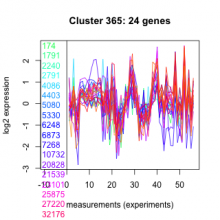 |
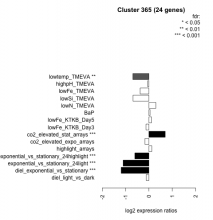 |
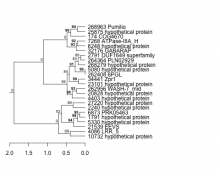 |
   |
| Normalized Mean Residue | Discovered Potential cis-Regulatory Motifs | |
|---|---|---|
|
Thaps_bicluster_0103 |
0.42 |
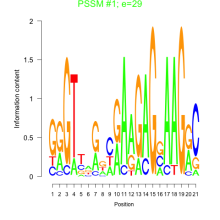 29 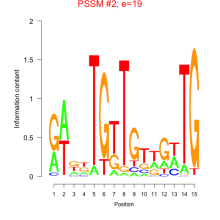 19 |
| T. pseudonana | P. tricornutum | P. tricornutum DiatomCyc | F. cylindrus | Pseudo-nitzschia multiseries | E. huxleyi | C. reinhardtii | A. thaliana | P. sojae |
|---|---|---|---|---|---|---|---|---|
| Not available | PHATRDRAFT_12452 | PHATRDRAFT_12452 | 136216 | Not available | 70025 | Cre03.g164600.t1.2 | AT3G47950.1 | 346620 |

Add comment